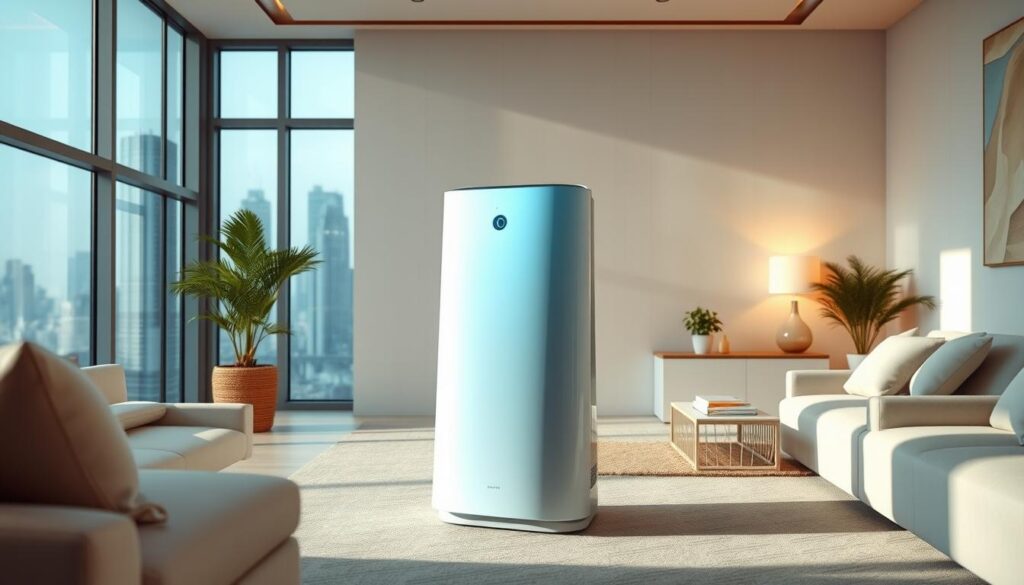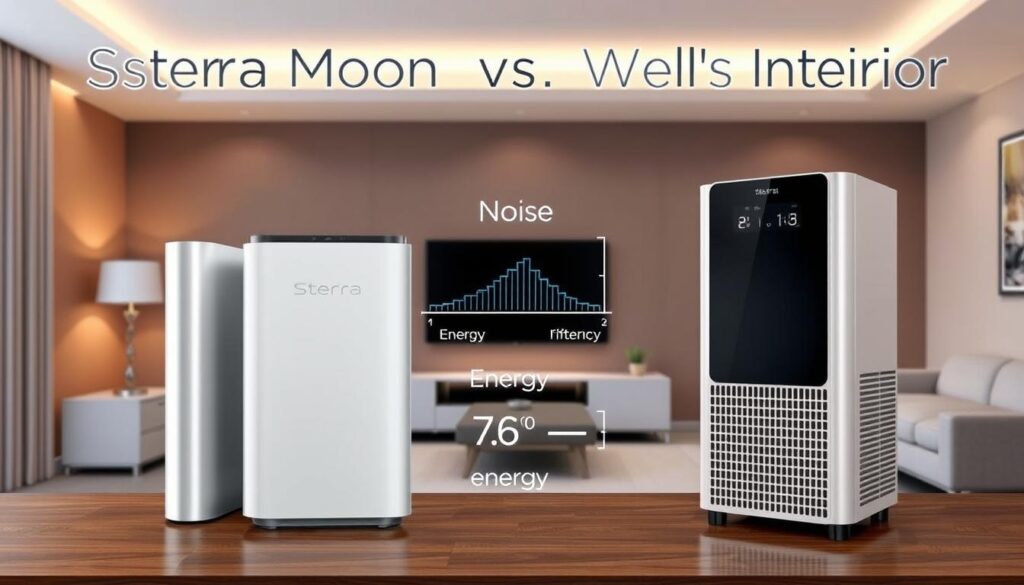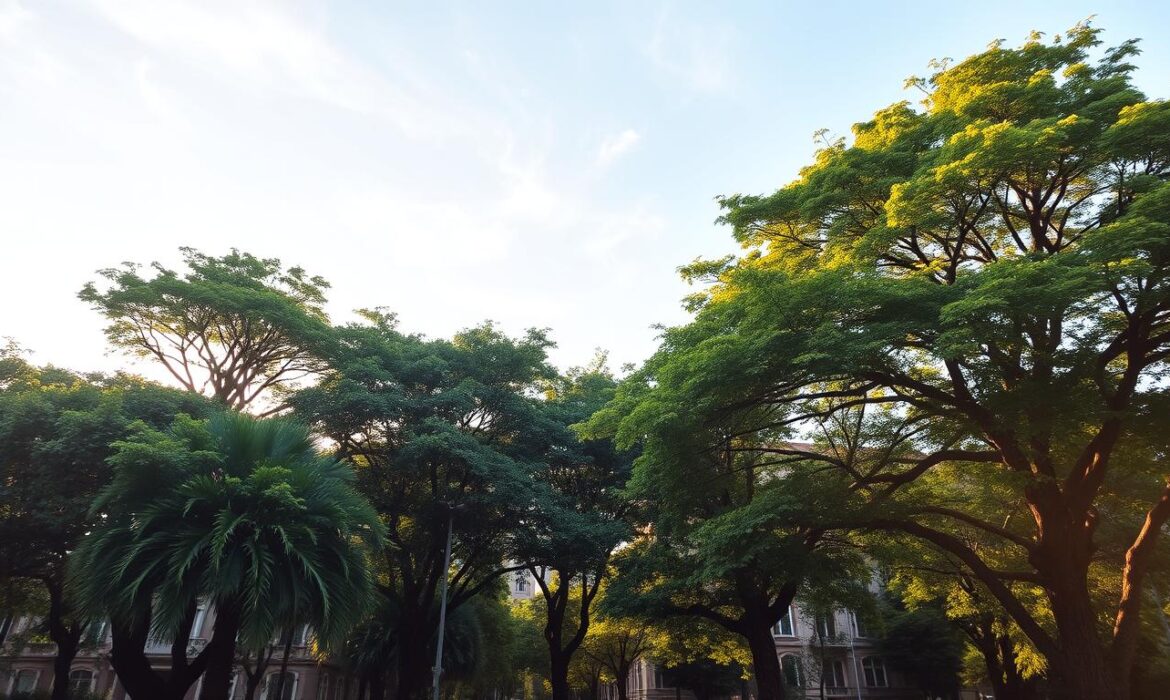Living in a bustling city like Singapore comes with its unique challenges, especially when it comes to air quality. Urban pollution, high humidity, and seasonal haze can affect the air we breathe daily. This has led to a growing awareness of the importance of maintaining clean air indoors.
To address these concerns, we’ve tested over 14 models to help you find the right solution. Our evaluation focuses on key factors like HEPA filter standards, room coverage, and noise levels. Whether you’re looking for a budget-friendly option or a premium device, this guide has you covered.
We’ve also included insights from local users and real-world testing to ensure our recommendations meet the needs of Singapore’s compact living spaces. Stay tuned as we explore top performers and smart features that make a difference.
Key Takeaways
- Singapore’s air quality challenges include urban pollution, humidity, and haze.
- Health awareness is driving the demand for effective air-cleaning solutions.
- HEPA filters are a critical feature for ensuring clean air indoors.
- Real-world testing helps identify devices that perform well in compact spaces.
- Our guide includes both budget-friendly and premium options.
Why Clean Air is Essential in Singapore
Indoor air quality plays a significant role in overall well-being. In urban areas, pollutants like dust, allergens, and cooking odors can accumulate, affecting health and comfort. For families, especially those with allergies or respiratory issues, maintaining clean air is a priority.
The Impact of Indoor Air Pollution
Indoor environments can harbor harmful particles, including PM2.5, which are 300 to 400 times smaller than human hair. These particles can trigger allergies, asthma, and other respiratory conditions. HEPA filters are designed to capture 99.97% of particles as small as 0.3 microns, making them a reliable solution for cleaner air.
In Singapore, cooking smells and humidity can worsen indoor air quality. Devices with activated carbon filters are effective at eliminating odors, ensuring a fresher living space. According to NEA guidelines, a high clean air delivery rate (CADR) is essential for effective purification.
Benefits of Using an Air Purifier
Using an air-cleaning device offers numerous advantages. For allergy sufferers, studies show a 60% reduction in symptoms with consistent use. Users also report taking 54% fewer antihistamine doses, highlighting the health benefits.
These devices are energy-efficient, costing between S$0.50 to S$2.50 daily. Smart features, like app integration, align with Singapore’s growing smart home trends. Additionally, they require less maintenance compared to traditional aircon filters, making them a practical choice for busy households.
For families with pets or expecting mothers, air-cleaning devices reduce exposure to dander and volatile organic compounds (VOCs). Post-pandemic, there’s also increased demand for devices with viral filtration capabilities, ensuring a safer indoor environment.
What to Look for in the Best Air Purifier
Choosing the right device for cleaner indoor environments requires careful consideration of key features. From filtration technology to operational efficiency, each aspect plays a vital role in ensuring optimal performance. Let’s explore the essential factors to evaluate before making a purchase.

HEPA Filters and Their Importance
HEPA filters are the backbone of any effective air-cleaning device. They capture 99.97% of particles as small as 0.3 microns, including dust, allergens, and pollutants. For households with pets or allergy sufferers, this feature is non-negotiable.
Regular filter change is crucial to maintain performance. Most devices come with indicator lights to remind users when it’s time for a replacement. This ensures consistent air quality without guesswork.
Room Size and Coverage
Matching the device to your room size is essential for effective purification. A model designed for small spaces won’t perform well in larger areas. Look for the Clean Air Delivery Rate (CADR) to determine coverage efficiency.
For compact apartments, devices with adjustable fan speeds are ideal. They allow customization based on room size and air quality needs.
Noise Levels and Energy Efficiency
Noise level is a critical factor, especially for bedrooms or quiet spaces. Devices like the Sterra Moon operate between 33-64 dB, while the Wells Interior ranges from 30-55 dB. For comparison, 30 dB is as quiet as a whisper, while 50 dB resembles rainfall.
Energy efficiency is another key consideration. Operating costs typically range from S$5 to S$25 monthly. Models with sleep mode or smart scheduling features reduce energy consumption without compromising performance.
| Model | Noise Level (dB) | Energy Cost (Monthly) |
|---|---|---|
| Sterra Moon | 33-64 | S$10-S$20 |
| Wells Interior | 30-55 | S$5-S$15 |
When evaluating devices, consider both noise level and energy efficiency. These factors ensure a comfortable and cost-effective experience, especially in Singapore’s climate where 24/7 operation is often necessary.
Top Air Purifiers in Singapore: Our Picks
Effective air-cleaning solutions are essential for combating urban pollution and allergens. We’ve tested several models to identify the top performers for Singapore’s unique needs. Here are our top picks, each offering distinct features to suit different lifestyles and spaces.

Sterra Moon
The Sterra Moon stands out with its impressive clean air delivery rate of 870 m³/h. Weighing 11kg, it’s designed for larger spaces, making it ideal for landed properties. Its advanced filter type ensures efficient removal of pollutants, even during haze periods.
- Perfect for open spaces with its high air exchange rate.
- Auto-mode responsiveness ensures optimal performance without manual adjustments.
- Wheel mobility makes it easy to move despite its weight.
Wells Interior
The Wells Interior features a 360° intake system, ensuring comprehensive air purification. With a Grade 1 energy rating, it’s one of the most energy-efficient models available. Its compact design suits smaller apartments while maintaining excellent performance.
- Low energy consumption makes it cost-effective for daily use.
- SmartThings integration allows seamless control via your smartphone.
- Quiet operation, even at max speed, ensures minimal disruption.
Wells Tornado
The Wells Tornado is a powerhouse with its hurricane mode, ideal for post-cooking cleanup. It’s designed for large homes, offering extensive coverage area and efficient maintenance. Its performance rivals premium models like the BlueAir 7700i.
- Effective during haze periods, ensuring clean air year-round.
- Maintenance costs are lower compared to similar high-end devices.
- Noise levels remain manageable, even at maximum speed.
Sterra Moon Air Purifier: A Detailed Review
The Sterra Moon has become a popular choice for those seeking cleaner indoor environments. Its advanced features and sleek design make it a standout option for modern homes. Let’s dive into what makes this device a top performer.

Key Features and Specifications
The Sterra Moon boasts a 3-stage filtration system, including a pre-filter, medical-grade HEPA 13 filter, and activated carbon filter. This combination ensures it captures 99.97% of particles small as 0.3 microns, making it highly effective for improving air quality.
With a clean air delivery rate (CADR) of 280 m³/h, it’s suitable for rooms up to 35 square meters. The device operates quietly, with noise levels ranging from 30-56 dBA, and features a sleep mode for undisturbed rest. Its energy consumption is low, ranging from 2-45 Watts, making it an energy-efficient choice.
Performance and User Feedback
Users have reported significant improvements in allergy symptoms, with 60% noting reduced discomfort. The Sterra Moon excels during haze periods, thanks to its high-performance PM2.5 sensor. Long-term filter costs are affordable, with replacements recommended every 6-12 months.
The Smart Life app offers seamless control, compatible with both iOS and Android. Firmware updates are straightforward, ensuring the device stays up-to-date. Customer service responsiveness has also received praise, with a low return rate compared to competitors.
| Feature | Details |
|---|---|
| Room Coverage | Up to 35 square meters |
| Noise Level | 30-56 dBA |
| Energy Consumption | 2-45 Watts |
| Filter Replacement | Every 6-12 months |
For more details, check out the Sterra Moon air purifier on BestReviews.sg. This device is a reliable choice for maintaining clean and healthy indoor spaces.
Comparing Sterra Moon and Wells Interior Air Purifiers
Two standout models, Sterra Moon and Wells Interior, offer unique features worth exploring. Both devices excel in improving indoor environments, but they differ in filtration systems, noise levels, and energy usage. Let’s dive into the details to help you decide which one suits your needs better.

Filtration Systems Compared
The Sterra Moon uses a 3-stage filtration system, including a pre-filter, HEPA 13, and activated carbon filter. This combination captures 99.97% of particles as small as 0.3 microns. It’s ideal for households with pets or allergy sufferers.
The Wells Interior, on the other hand, features a 360° intake system with a multi-layer filter. Its design ensures comprehensive air purification, making it effective for compact spaces. Both models offer excellent filtration, but the Sterra Moon’s medical-grade HEPA filter gives it a slight edge.
Noise Levels and Energy Consumption
When it comes to noise level, the Wells Interior operates between 30-55 dB, while the Sterra Moon ranges from 33-64 dB. At 50 cm, the Wells Interior is quieter, making it a better choice for bedrooms or quiet spaces.
In terms of energy consumption, the Wells Interior uses a maximum of 25W, compared to the Sterra Moon’s 45W. Over five years, the Wells Interior could save you up to S$100 in energy costs. Both models feature sleep mode, but the Wells Interior’s auto-brightness adjustments enhance its energy efficiency.
- Decibel measurements: Wells Interior (30-55 dB) vs Sterra Moon (33-64 dB).
- Energy usage: Wells Interior (25W max) vs Sterra Moon (45W max).
- Sleep mode: Both models offer quiet operation during nighttime.
- Standby power consumption: Wells Interior uses less power in standby mode.
Whether you prioritize quiet operation or energy savings, both models deliver reliable performance. Consider your specific needs to make the right choice for your home.
Conclusion: Choosing the Best Air Purifier Singapore
Healthy living begins with the air we breathe indoors. When selecting a device, prioritize features like certified HEPA filters, room coverage, and noise levels. These factors ensure optimal performance in Singapore’s compact spaces.
For budget-conscious buyers, the Wells Interior offers excellent value. Those seeking advanced features may prefer the Sterra Moon for its superior filtration and smart capabilities. Both models cater to different needs, ensuring there’s an option for every household.
Emerging trends like IoT integration and VOC sensors are shaping the future of air-cleaning technology. Regular maintenance, such as timely filter replacements, maximizes device lifespan and efficiency. Avoid common mistakes like ignoring room size or neglecting energy efficiency.
Finally, monitor your indoor environment regularly to ensure consistent clean air. With the right device and proper care, you can create a healthier, more comfortable living space.

